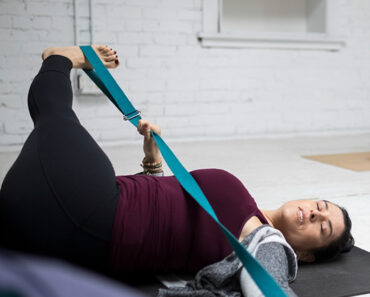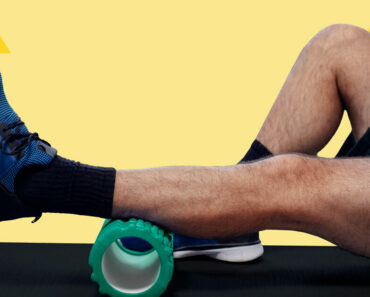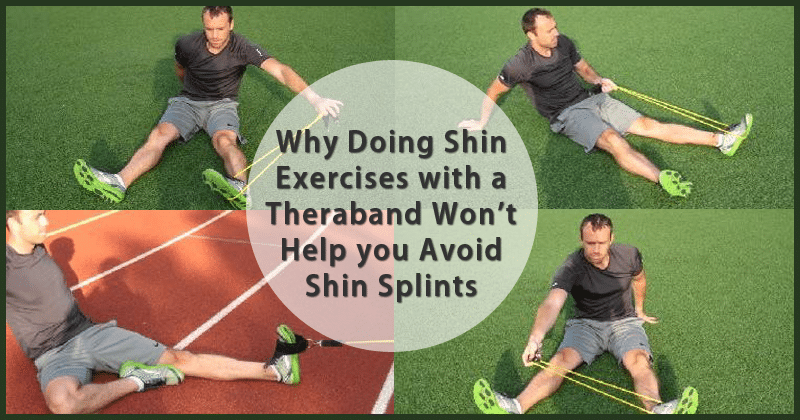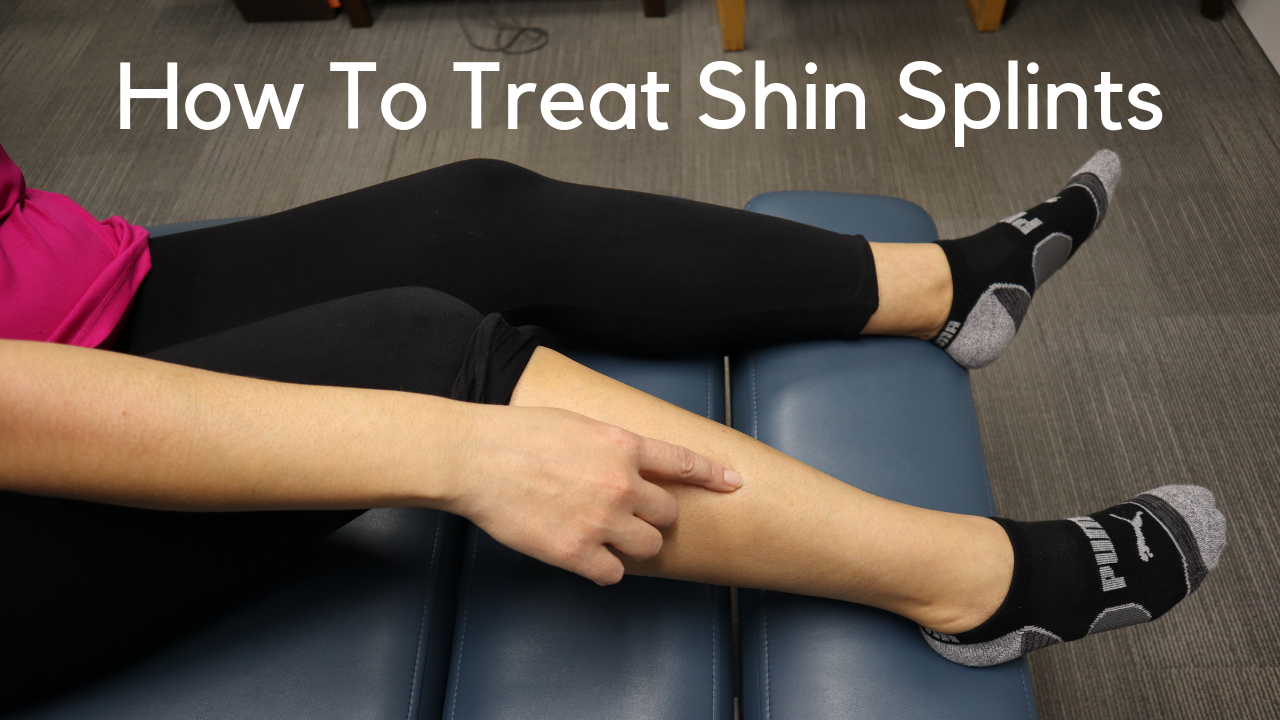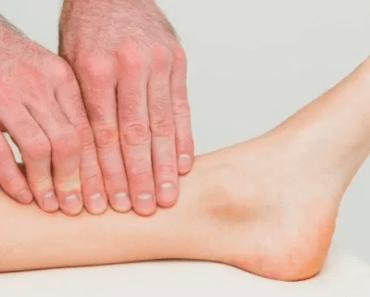In this article, we’ll talk about strengthening and stretching the shin and ankle muscles, improving cadence, and avoiding tibialis anterior stretches. These exercises can also help you avoid developing pain in the affected area. Keep reading to learn more about reducing your pain with exercise! We hope you enjoy reading it! There are many exercises to choose from, so there is no need to do them alone.
Strengthening shin and ankle muscles
While strength training is important for any athlete, strengthening shin and ankle muscles will not only prevent shin splint pain but also improve the quality of your running. Your tibia and calves are directly related to each other. When you strengthen these muscles, they are more capable of taking on the load of training. Runners that experience shin splints have weak hip abductors and less calf strength. Aside from strengthening the muscles of your lower leg, you should also perform hip abduction exercises.
Another simple exercise for strengthening your shin and ankle muscles is the toe raise. Toe raises are easy to do, but you may need to use a step. Toe raises are a great way to strengthen your shin and ankle muscles, so you can prevent shin splints. Start by standing upright on a step. Hold onto the wall to balance yourself and then extend your toes as far as possible. Make sure that your toes are resting on the step, not your heel. Do this for both legs, and alternate feet.
Stretching calf muscles
In addition to resting the affected leg, stretching can also help prevent shin splint pain. For example, if you regularly run, you can start jogging and walking on a treadmill after a day off and gradually build up to the full distance. Stretching the calf muscles before and after workouts may help prevent shin splint pain.
While stretching is not the only way to reduce shin splints pain, it can help the inflammation of the shins and decrease the pain. Applying ice to the affected area should be done on a regular basis and should not last longer than 20 minutes. Another way to help reduce swelling is foam rolling. Foam rolling increases blood flow to the affected muscle area and helps smooth out muscle knots. Using supportive shoes can also help reduce stress on the shin.
Improving cadence
If you’re suffering from shin splint pain, improving your cadence can help you avoid the condition and minimize the pain you feel. Improved cadence means you’ll land more naturally on the ground, and that means less initial impact with the ground. Increasing your cadence to around 180 steps per minute can also improve the angle of your landing.
To improve your cadence, first set a metronome to your target cadence. Then, run a few times at a 5 percent faster pace and repeat the process. Gradually increase your cadence to reach the goal. It doesn’t have to be drastic, just a little adjustment. Repeat this several times a week. Eventually, you’ll be running at a higher cadence than before.
Avoiding tibialis anterior stretches
While some types of tibialis anterior stretches may seem like a good idea, they can actually contribute to shin splint pain. These exercises target the muscles at the front of the leg, making them difficult to perform effectively. For example, sit in a chair, bend your knee, and keep your toe on the floor. Repeat this stretch as often as possible on both sides.
One way to avoid shin splint pain is to avoid doing any exercises that stress the tibialis anterior muscle. The best stretching exercises for the tibia are those that focus on dorsiflexion and avoid stretches that tensile the muscles. You should be able to find exercises that target both of these muscles.
Self-massage
Self-massage is an effective way to reduce the pain associated with Shin Splints. There are several different techniques for reducing pain, including kneading and Swedish massage. Trigger points and stretching techniques can also be used. Try alternating between small circles with your thumbs and long strokes down the length of the muscle. Using an old hot-water radiator as your hard object is ideal.
Using a foam roller is another good self-massage method to relieve pain associated with Shin Splints. You can use it to massage the Achilles tendon and calf muscles, as well as the shin splint area. To use a foam roller, simply sit on a hard surface. You can also put the roller under your Achilles tendon.
